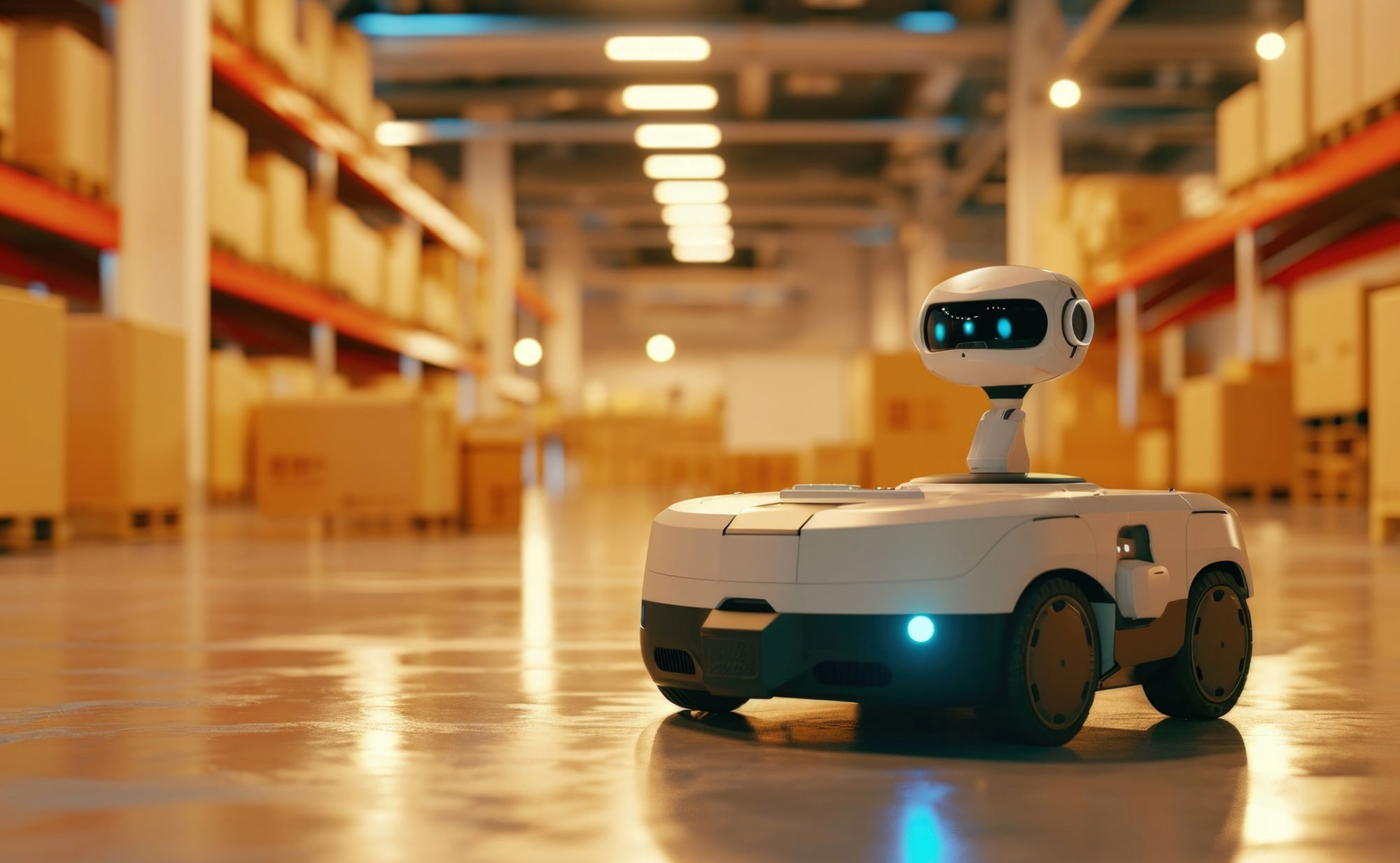
Working Spaces for Collaboration and Productivity
In today's fast-paced world, the office environment plays a crucial role in shaping employee productivity, creativity, and overall well-being. As we shift from traditional office layouts to more innovative spaces, understanding the impact of the office environment on our work life has never been more essential. This blog explores the key elements that contribute to a positive office atmosphere and how businesses can create spaces that foster collaboration, creativity, and employee satisfaction.
The Evolution of the Office Environment
Gone are the days of rigid cubicles and plain conference rooms. Modern offices are evolving into dynamic workspaces that prioritize flexibility and adaptability. Companies are recognizing that an engaging office environment not only attracts talent but also retains employees. This shift has led to the incorporation of various design elements that promote collaboration, focus, and creativity.
1. Open Spaces for Collaboration
One of the most significant trends in modern office design is the open floor plan. These open spaces encourage employees to communicate and collaborate freely. Removing physical barriers can enhance teamwork and make it easier for employees to share ideas. Additionally, having communal areas where teams can gather promotes a sense of unity and camaraderie.
However, it’s essential to balance open spaces with designated quiet areas. While collaboration is vital, employees also need places to concentrate and complete tasks without distractions. By creating designated focus zones alongside collaborative spaces, organizations can cater to different work styles.
2. Designing for Comfort and Well-being
The physical comfort of employees is paramount in creating a conducive work environment. Ergonomic furniture, adjustable desks, and proper lighting can significantly enhance employees' well-being. Studies have shown that comfortable employees are more focused, engaged, and productive. Incorporating greenery and biophilic design elements can also improve air quality and reduce stress levels.
Moreover, providing spaces for relaxation or socializing is crucial. Break rooms, lounges, or even outdoor areas can serve as retreats where employees can decompress, socialize, or brainstorm ideas. Investing in the well-being of employees fosters a culture of care and can lead to lower turnover rates.
3. Technology Integration
In our increasingly digital world, integrating technology into the office environment is vital. High-speed internet, video conferencing tools, and collaborative software can enhance productivity and streamline communication. Smart office technology, such as energy-efficient lighting and climate control, can further improve the workplace experience.
Flexible work arrangements, such as remote work options or hybrid models, should also be supported by the office design. This means creating spaces that facilitate seamless transitions between in-office and remote work, ensuring that employees remain connected no matter where they are.
4. Reflecting Company Culture
Finally, the office environment should reflect the company’s values and culture. Art, color schemes, and design elements can all convey the organization's mission and ethos. A well-designed office tells a story, making employees feel a part of something larger. An office that embodies the company’s brand will resonate with employees and clients alike.
Conclusion
The modern office environment is about more than just aesthetics; it’s about creating a place where employees feel inspired, comfortable, and connected. By prioritizing collaboration, well-being, and technology integration, businesses can cultivate spaces that enhance productivity and foster a positive workplace culture. As we look to the future, investing in a thoughtful office environment will not only benefit employees but also contribute to a company's overall success.

Leave A Comment
Comments (0)